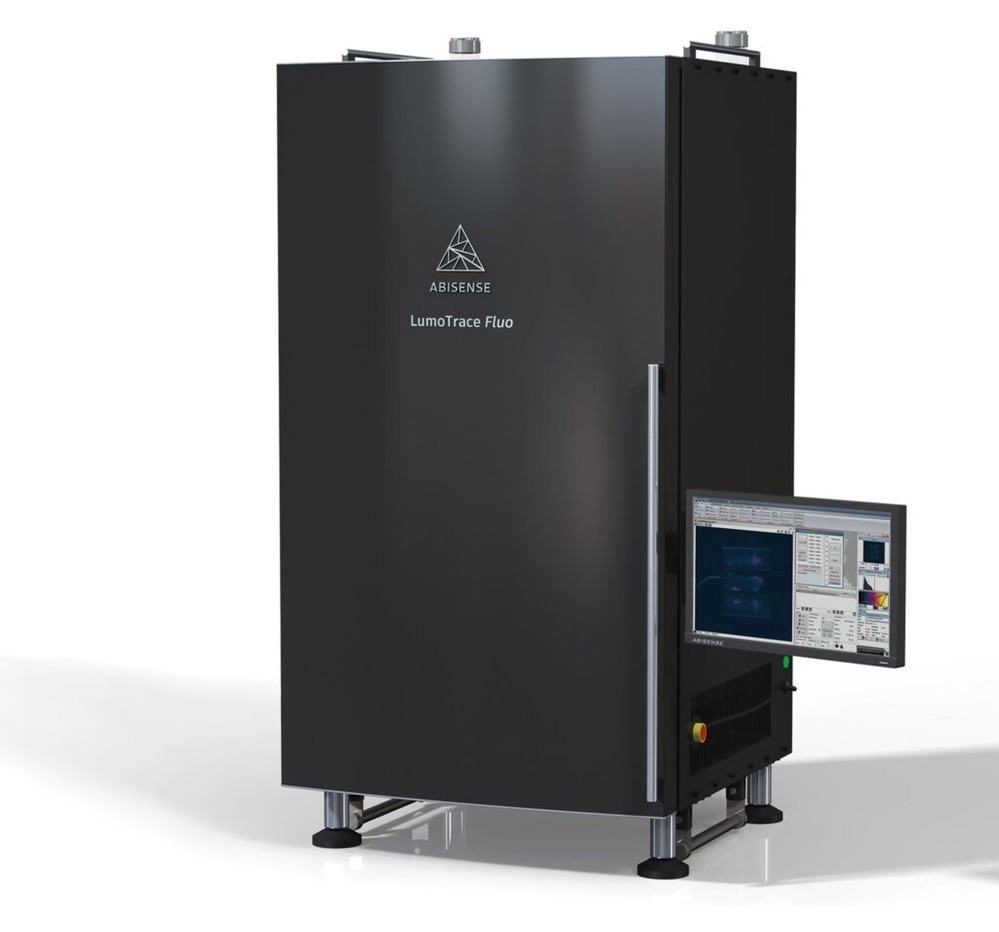Catalog
Search
83 products
View:
- Selected: 1Areas of use
- Selected: 0Item names
- Selected: 0Manufacturer
- Selected: 0Made in
- Selected: 0Additional
View:
83 products

MARK -1202
The device is designed for high-precision measurements of silicon dioxide in process waters of thermal and nuclear power plants, for monitoring water treatment processes in various industries. The device is based on a photometric measurement method with automatic dosing of reagents.
MARK-1202 can be used not only as an automatic, but also as a laboratory analyzer.
The warranty is 24 months for deliveries across the Russian Federation.
Multithreaded analysis capability
From 1 to 6 channels
Current outputs, RS-485 digital interface
Universal analyzer for automatic and laboratory control
Minimum maintenance
Self-diagnosis
Graduation no more than once every 3 months
Low cost of operation
Reagents of Russian production
Simple, intuitive interface
Color touch screen
VZOR
Nizhny Novgorod
Produced in: Nizhny Novgorod
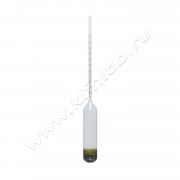
AS-3 Areometer-saccharometer by Chimlabpribor
from
1 224.12 ₽
Designed to measure the concentration of sugar in sugar-containing solutions by weight of dry matter. Hydrometers are manufactured in accordance with GOST 18481-81.
CHIMLABORPRIBOR
Klin
Produced in: Wedge, Moscow region
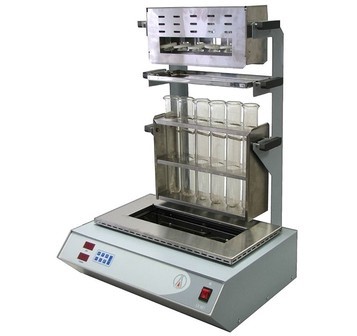
Automatic installation of LK-100 for Kjeldahl decomposition (Thermoset reactor)
1 supp.
Technical specifications:
Maximum heating power, W 1500
Working volume of reaction tubes, 250 ml
Number of reaction tubes 6
Power consumption from the mains 220 V, W 1550
Overall dimensions, mm 480x526x750
Weight, kg 25
LOIP
Saint Petersburg
Produced in: Saint Petersburg
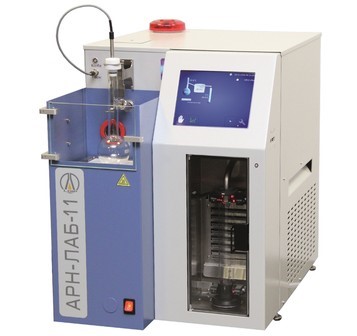
Automatic apparatus for determining the fractional composition of oil and petroleum products ARN-LAB-11
• Acceleration temperature 20...450°C
• The resolution of the boiling point measurement is 0.1 ° C
• The resolution of measuring the volume of condensate 0.1 ml
• Cooling bath temperature range from 0 to 65 °C
• Temperature range of the receiving cylinder compartment from 0 to room °C
• Acceleration rate from 0.5 to 10 ml/min
• Coolant volume 1.7 L
• The time to enter the operating mode is no more than 30 minutes
• Color LCD display with touch screen
• Touch control of the device
• USB, LAN interface
• Supply voltage 220 V
• Power consumption 2200 W
• Overall dimensions 500x670x620 mm
• Weight not more than 67 kg
LOIP
Saint Petersburg
Produced in: Saint Petersburg
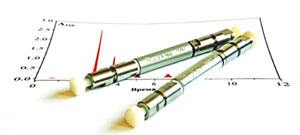
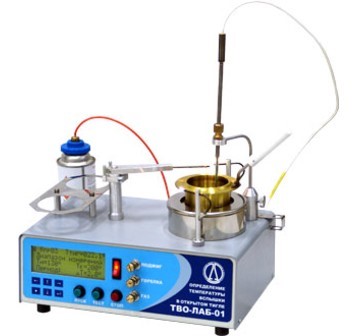
Apparatus for determining the flash point in an open crucible TVO-LAB-01
The analyzer automatically heats the sample crucible and moves the test flame. The flash moment is set visually and recorded by pressing the "STOP" button, while the flash temperature is displayed on the display.
Technical specifications:
Flash temperature measurement range, °C from +79 to +400
Heating speed, °C/min 2.0...20.0
Power consumption from AC 220 V, no more, 800 W
Overall dimensions of the device, not more than, mm 400x360x470
Weight of the device, not more than, kg 14
Igniting a gas flame
LOIP
Saint Petersburg
Produced in: Saint Petersburg
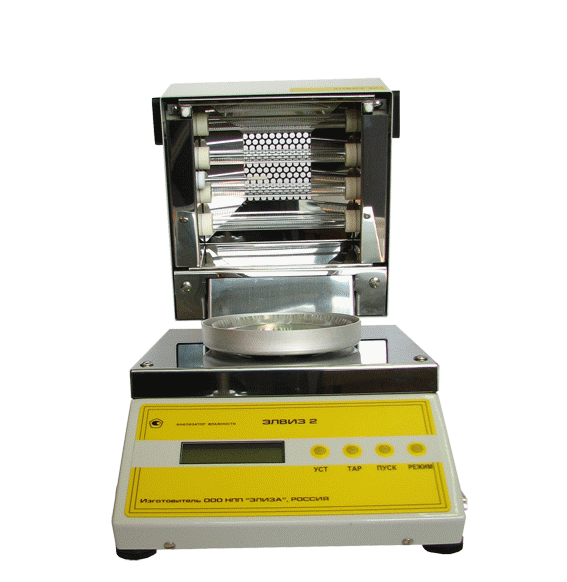
Humidity analyzer "ELVIZ-2S"
from
140 000 ₽
NPP ELIZA
Krasnoobsk
Produced in: Novosibirsk region, Krasnoobsk
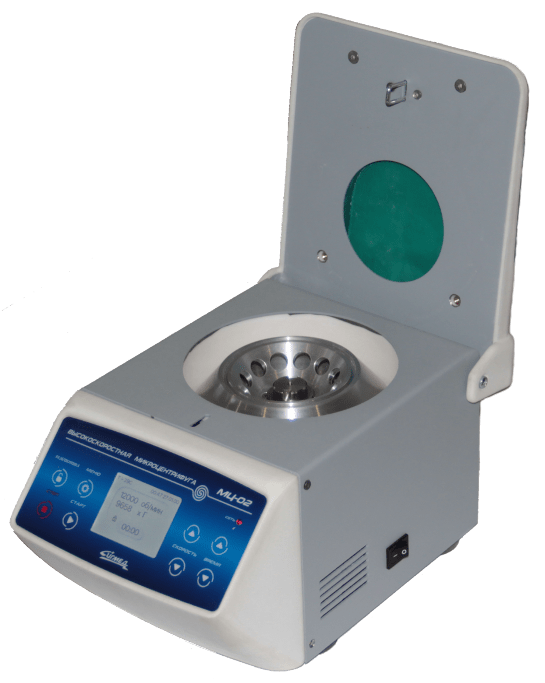
Sigmed MC-02 Microcentrifuge
The centrifuge is designed in two versions:
- Version 1: maximum rotor speed at 8000 rpm (6000 x G)
- Version 2: maximum rotor speed at 12000 rpm (9000 x G)
RPM and casting g-load are displayed on the readout
PAO PZ "SIGNAL"
Obninsk
Produced in: Kaluga region, Obninsk
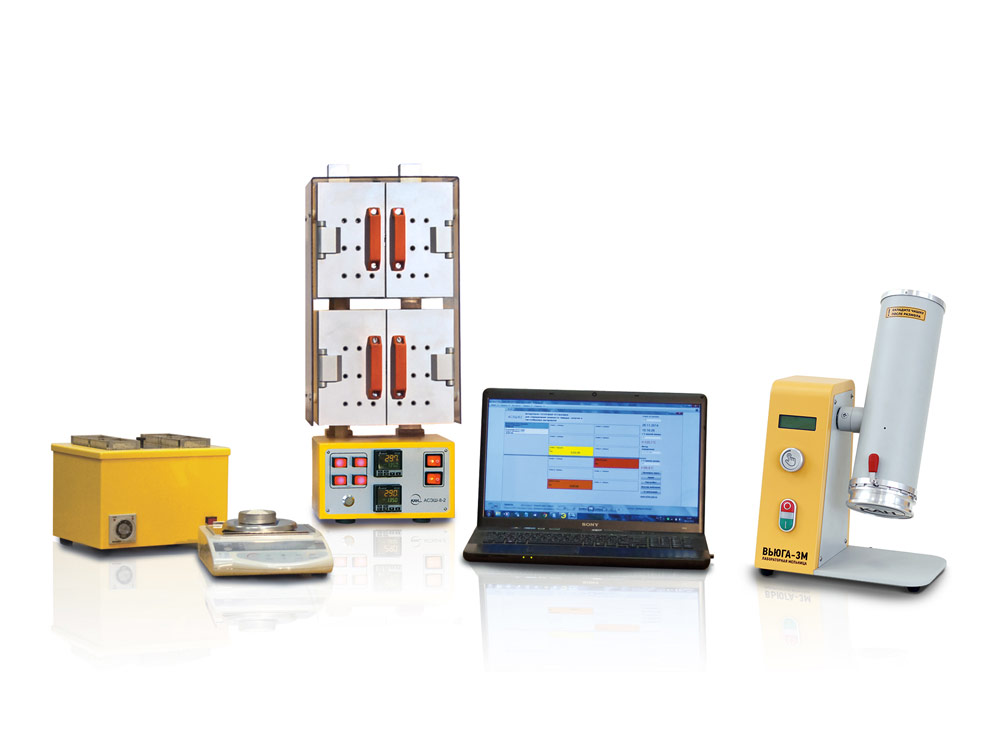
measuring air-thermal installation ASESH-8-2
1 supp.
Implements a thermogravimetric (air-thermal) method for determining the mass fraction of moisture, based on measuring the mass of the sample of the analyzed substance before and after drying, followed by calculating the values of the mass fraction of moisture.
Air-thermal measuring installations ASESH-8 are registered in the State Register of Measuring Instruments under No. 58526-14, have a certificate of approval of the type of measuring instruments OC.C.31.005 And No. 56847.The installations undergo initial verification and have the appropriate certificate.
General characteristics:
- The presence of two independent drying chambers.
- Possibility of simultaneous determination of humidity of 12 samples:
Each drying chamber of the installation consists of 6 independent cells. You can put 2 buckets in each cell. Total capacity of the ASES Installation-8-2 – 24 bucs.
- Convenient access to the cells of the drying chamber:
On the front side of the cabinet there are four doors for access to the cells.
- Natural ventilation:
The absence of rotating elements ensures absolute noiselessness of operation and a long service life.
- Built-in timer:
The ASESH-8-2 installation has 4 timers, by means of which the end of the drying process is monitored in each section with the output of an audible signal and a light indication.
- The output to the operating mode is 30 minutes:
The power of air-thermal installations is 1200 watts. When entering the operating mode, the power consumption is the same as that of similar cabinets with low power.
SCOPE OF DELIVERY :
1. Installation of ASESH-8-2
2. AO-3 cooler
3. Auxiliary accessories
4. Air-heat control unit:
5. Interface unit for connecting a personal computer with a scale (available on request);
6. software for processing and archiving measurements of humidity determination data;
The program allows you to:
Set the operating temperature in the chambers via a personal computer
Set the necessary parameters of the sample drying process according to the selected method
Display all current processes (predrying, drying, cooling) and parameters (temperature, time) during the tests. To monitor the process by means of an electronic timer with the output of an audible signal.
Record all weighing results.
Perform humidity calculations in accordance with standardized methods. To calculate the humidity with pre-drying, the program uses formulas that allow you to get an accurate result.
Archive and print test results.
According to the test results of FSUE "UNIIM", it is recommended to use a laboratory mill of the BLIZZARD series for sample preparation.
SCOPE OF APPLICATION:
1. Crop production, agriculture and forestry.
2. Products of meat, dairy, fish, flour-milling, feed and microbiological industries.
3. Food industry products.
4. Cellulose, paper, cardboard and products made from them.
5. Medicines, chemical and pharmaceutical products and medical products.
6. Building materials.
7. Products of the logging and sawmilling and woodworking industry.
8. Ground, soils, mineral fertilizers.
Technical specifications:
The measurement range of the mass fraction of moisture, % from 0.5 to 80
Operating temperature range, °C from 45 to 160
The error of setting and maintaining the temperature in the working area, ° C, not more than 2.0
Limits of permissible absolute error, % ± 0.5
Power consumption, V• A, not more than 1200
Overall dimensions, mm 240 × 260 × 640
Overall dimensions of the cell, mm 75 x 40 x 165 (depth)
Weight, kg 28.4
GK EKAN
Saint Petersburg
Produced in: Saint Petersburg
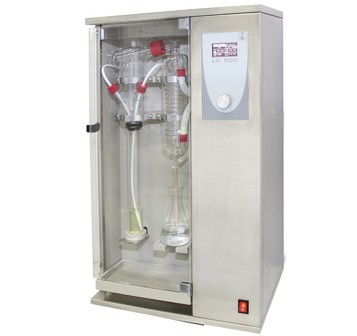
Automatic installation of LK-500 for distillation of c by Kjeldahl
Technical specifications:
Reagent volume setting range, ml 0 ... 200
The range of setting reaction and distillation times, min 0 ... 60
Steam power setting range, %30 ... 100
Average distillation time of the sample, min 2 ... 4
Water consumption for cooling, l/min 5
Power consumption from the mains 220 V, W 2200
Overall dimensions, mm 460x370x760
Weight, kg 35
LOIP
Saint Petersburg
Produced in: Saint Petersburg
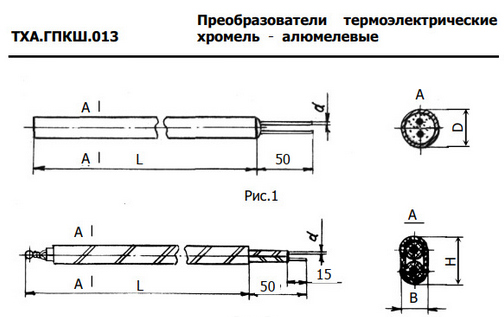
Thermoelectric converter THA.GPKSH.013
The thermoelectric converter THA.GPKSH.013 is designed for measuring the temperature of gaseous and liquid chemical environments that do not destroy the protective shell. It measures the temperature in the clean air atmosphere, gaseous chemically non-aggressive environments with humidity up to 95 %
Termokon
Korolev
Produced in: Moscow region, Korolev
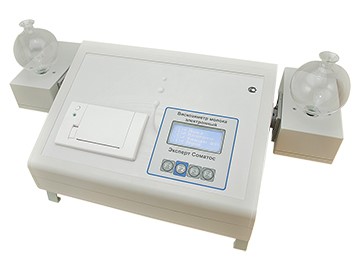
Electronic milk viscometer "Expert Somatos - 02"
from
69 000 ₽
1 supp.
Exclusive benefits:
• version with one or two flasks, which allows up to 60 measurements per hour
• optionally equipped with an integrated or external printer
• * thanks to the new verification method developed from a blank sheet, it can be checked at any standardization and metrology center
As a rule, it is used:
• Dairy farms — for the timely prevention and treatment of mastitis in cows, which ensures stable supplies of high-grade milk (accordingly increases the cost of products).
• Veterinary laboratories, SBBS, points for receiving farm milk from the population to determine the grade and calculate the cost of raw milk.
• In the laboratories of milk processing enterprises to control incoming raw milk.
LABORATORIKA
Krasnoobsk
Produced in: Novosibirsk region
